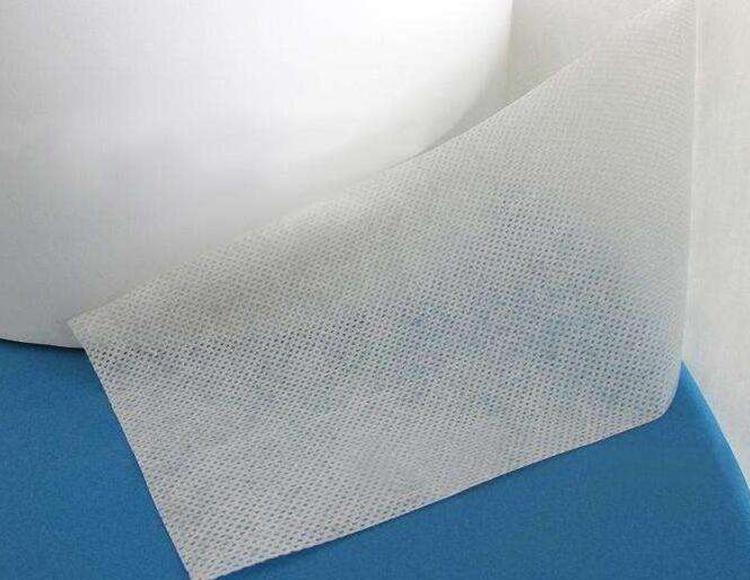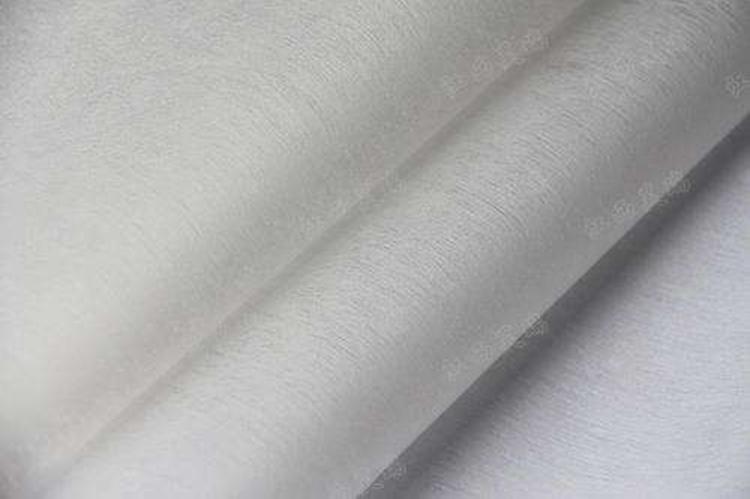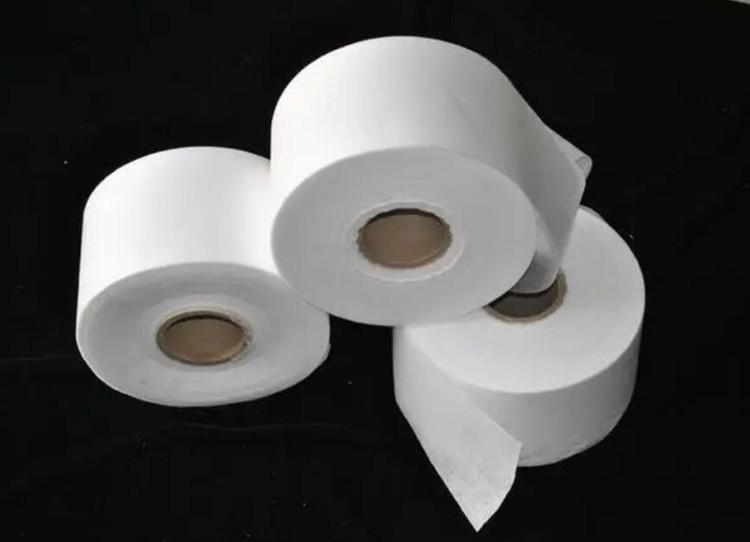Author:Baby & Adult Diaper Materials FROM:Diaper Materials Manufacturer TIME:2023-03-07
The performance requirements of Hydrophilic thermal bond non woven fabric for sanitary napkins and diapers mainly include weight, vertical and horizontal strength, elongation, width, permeability, rewetability, softness and appearance.
For the above performance, common quality problems are as follows:
The deviation is large, and there may be large deviations between batches, within batches, or before and after volumes. A better control standard should be ±1g, but most of them fail to meet this requirement.
The overall strength does not meet the requirements or the strength deviation in the roll is large, which will cause the nonwoven fabric roll to be broken during the production process of the sanitary napkin or diaper production line. However, diapers have high requirements on strength. For example, children sometimes move. If the transverse strength of the non-woven fabric is not enough, the inner material of the diaper will be exposed due to cracking. There is also a problem of wet strength.

Some non-woven fabrics have small elongation and are prone to breakage. However, if the elongation is too large, the non-woven fabric will have poor dimensional stability during use, and the width will become smaller in the stretched state and cannot be used.
The width of the non-woven fabric changes slightly due to the action of tension during winding. If the slitting and winding is an independent device, there will be a process of tension release, and the width change is small. But if it is slitting and winding online, the tension will not be released in time, and the width will have a large change, generally 2mm~5mm.
Surfaces on sanitary napkins and diapers require faster permeability. For surfaces that require permeability, too fast or impermeable penetration is a problem.

The moisture recovery rate is generally controlled at 0.3%, which should be considered in combination with permeability.
Such as white spots, shadows, stains, etc.
The development of Hydrophilic thermal bond non woven fabric depends to a large extent on the development of fiber technology, and the quality of nonwoven fabrics is also closely related to fiber performance and processing technology. Improving its quality starts with improving fiber quality and optimizing process parameters.


 Email: info@whldiapernonwoven.com
Email: info@whldiapernonwoven.com
 MP/WhatsApp: +86-13599937366
MP/WhatsApp: +86-13599937366
 Manufacturer Address:Room 1105B, Bld M1, Manhattan, Yulongwan, Shimao, Shuanglong Road, Meiling Street, Jinjiang, Fujian, China
Manufacturer Address:Room 1105B, Bld M1, Manhattan, Yulongwan, Shimao, Shuanglong Road, Meiling Street, Jinjiang, Fujian, China